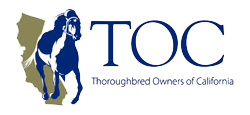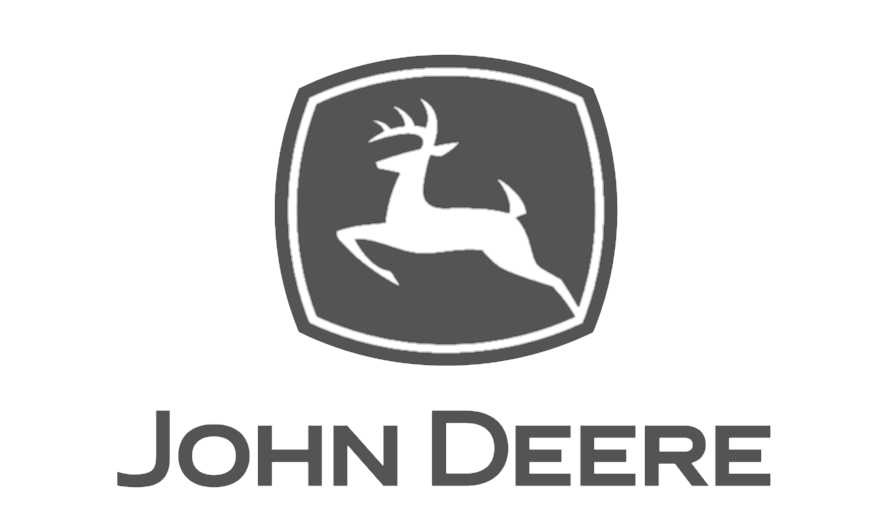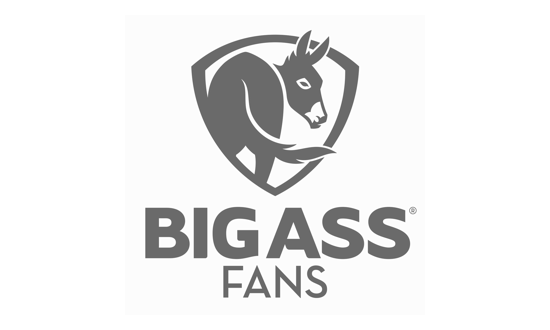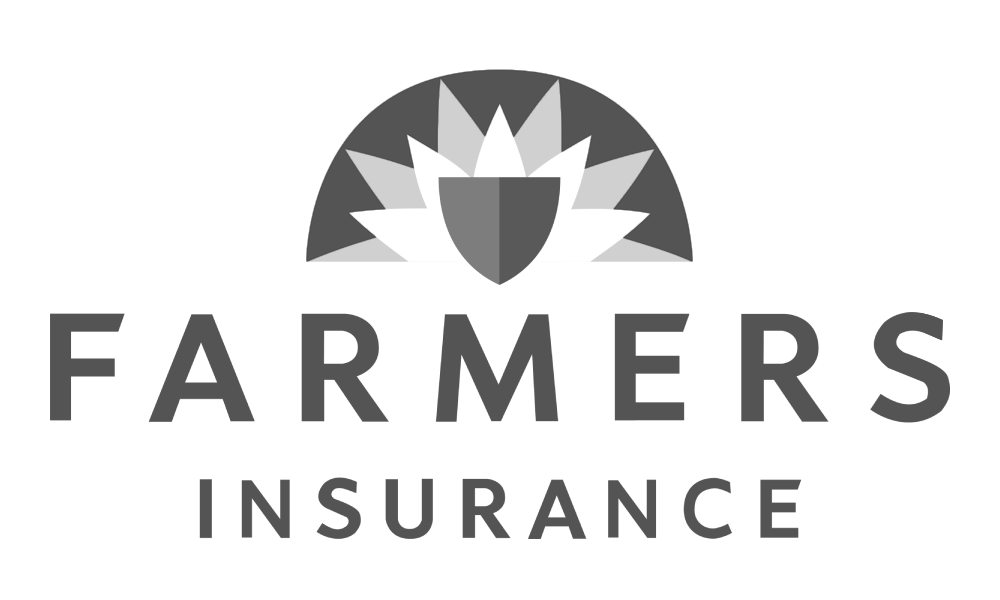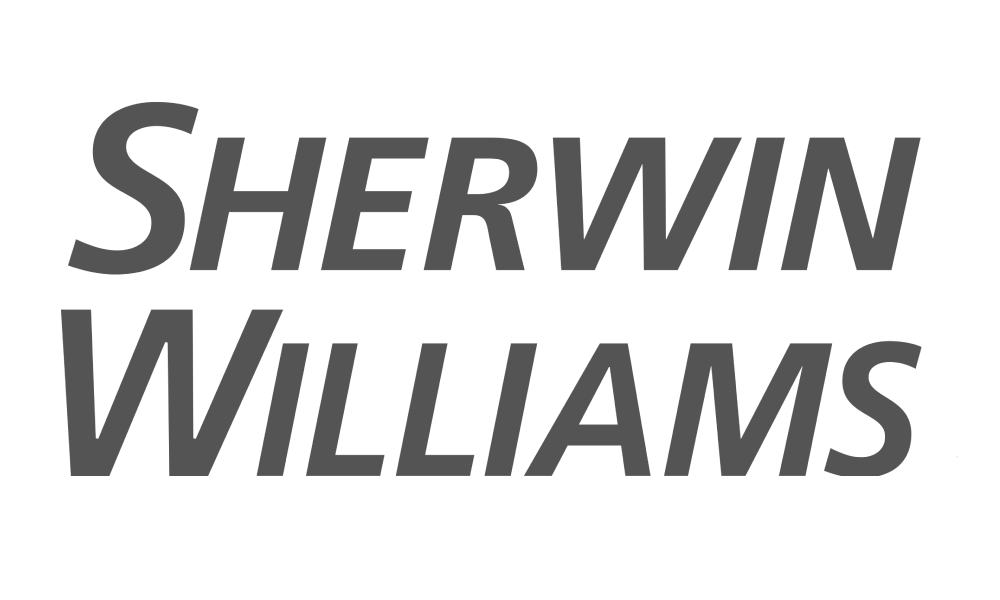RACING SECRETARY
This individual is in charge of the Racing Office, supervises all the race officials at the track where a meet is being held, writes all the races for the meet, and oversees the “draws.”
PAYMASTER OF PURSES
This official is in charge of all the race meeting’s financial receipts and disbursements (i.e., purses and awards, entrance money, nominating and entry fees, claiming money, fines, and jockeys’ fees), and is responsible for keeping records of horsemen’s on-track accounts and transactions. The Paymaster also notifies the CHRB of any licensee who is in arrears to the state or to the racing association and keeps the required records of partnerships, assignments of interest, registration of authorized agents, and lease agreements.
STATE VETERINARIAN
This is the veterinarian who supervises all licensed vets practicing on the grounds of the track and oversees the wellbeing of all horses racing or working at that track. He or she runs the receiving and detention barns. In addition, the State Vet enforces the rules and regulations of the CHRB regarding illegal medications and contaminants; supervises or performs all blood and urine tests on specified horses; assists in conducting barn searches (for illegal substances and equipment), and participates in the post mortems of – and investigations into – injuries or deaths of any horses working or racing at the track. (The State Veterinarian, also know as the “Official” Veterinarian, may not directly treat or prescribe treatment for any horse on the grounds except in an emergency).
RACING VETERINARIAN
The Racing Veterinarian’s several duties include:
- Examining all horses before they enter their first race (at a meet) to determine their soundness and fitness for racing. (The Racing Vet may prohibit any horse he/she considers “unfit” from racing until such time as the horse gains a good condition).
- Besides assisting the State Vet in covering “morning rounds,” the Racing Vet accompanies the horses all the way from the paddock through the post parade to the starting gate, reporting to the Stewards any horse in questionable physical condition.
- This vet follows and observes (from the ambulance van) the racing horses, and examines any mounts which appear to be in physical distress after the race. (The Racing Vet has the authority to have a horse placed on the Vet’s List, and is expected to recommend to the Stewards the placement of horses on the Stewards List).
- Lastly, it is the Racing Vet’s responsibility to administer emergency treatment to the racing horses in the event of an accident or injury. This vet has the authority (acknowledged by owners, trainers and the CHRB) to humanely destroy – on the spot – any animal that is, in his or her opinion, injured beyond repair.
TRACK VETERINARIAN
This designation refers to a specially appointed vet at a track other than the one where the meet is being held, and who inspects horses being vanned in from that track in cases when the horse will not be arriving in time for the State Veterinarian’s early morning rounds. (No horse can race if it has not been checked by a State-appointed vet on the morning of the race).
STEWARDS
These officials, appointed by the CHRB, are charged with supervising the actions of all licensees operating at the track and with governing the conduct of the race meeting “in every particular.” Their jurisdiction extends to suspending licenses, levying fines, and even barring individuals from the racetrack. They also sit as judges on medication violations and are the final arbiters of photo finishes and objections during a race. They are, incidentally, the individuals who – peering at the gate from their booth above the track – physically hit the button, which locks the mutual betting machines at the moment the gate opens.
PADDOCK JUDGE
This judge supervises the assembly of the horses in the saddling paddock prior to a race, oversees the saddling of the horses, and keeps a record of all equipment used on each horse (reporting any changes to the Stewards).
CLERK OF SCALES
This is the official (under the Racing Secretary’s Office) who “runs” the Jockeys Room, weighing the jockeys out before a race and reporting any discrepancies in their weight to the Stewards. His job is to make certain the jockeys are at or under the legal weight for that race’s (and their mount’s) allowance. The Clerk of Scales also notes and reports any changes of jockeys or of silks, and provides the Paymaster of Purses with a list of riding fees due each jockey that day. This is also the official who can be seen in the Winner’s Circle after the race, recording the weight of every rider (and his gear) after he or she dismounts, to make certain no “weight was dropped” after the jockey’s pre-race weigh-in.
CLERK OF THE COURSE
He or she maintains the record of registration certificates and certificates of eligibility for all the horses who will be racing during a meet. This clerk also checks foal certificates, verifies ownership of horses, is responsible for the proper transfer of certificates on claimed horses, and issues thoroughbred owners their passes.
HOUSE IDENTIFIER
Prior to racehorses’ departure for the post, the Horse Identifier inspects each horse’s lip tattoo and compares its coloring and marking to its Jockey Club identification records (reporting any discrepancies to the Stewards). The Identifier also inspects and verifies (using the same method as above) the identity of any horse new to the track or entering California to race, and supervises the tattooing of all horses to the grounds.
PATROL JUDGES
These are the judges stationed at the poles during races, “spotting” for the Stewards and relaying reports. They also run the videotape room for Stewards and jockeys who wish to have a race replayed to check for infractions or violations or study photo-finishes and objections.
PLACING JUDGES
These officials work in a station above the finish line, placing horses in order of finish and posting information on the tote board. If the judges are not unanimous in their decision, or if there is a close photo finish or an objection, the Placing Judges will dispatch the race’s photographs and video to the Stewards for an official ruling.
OFFICIAL STARTER
The Starter oversees the loading of the horses into the starting gate before the race and is responsible for ensuring an equal and fair start for all horses running. At the moment the Starter deems all the horses ready, he or she opens the gate simply by pressing a hand-held button. (Generally, at the modern racetracks, this button is connected via electric leads to electromagnets holding the gates shut; pushing the button breaks the magnetic current of all gates simultaneously, and they fly open on spring-loaded hinges). The Official Starter also maintains the “Starter’s List” (Please see chapter on “Stewards…Official Lists”) and gives the “O.K.” when a horse has been sufficiently schooled in the gate.
HORSESHOE INSPECTOR
This official not only keeps records of the types of shoes worn by each horse, but also checks the shoes of every horse entered in a race before it leaves the paddock for the post, reporting to the Stewards any improper (or illegal) shoeing. The Horseshoe Inspector is authorized to correct the shoeing of any horse (at the request of the Stewards) and can initiate a stewards’ scratch from a race.
CLOCKERS
Stationed in a booth above the “gap” (an opening in the track fencing where horses enter and leave for morning workouts) the Clockers are responsible for taking official timings of the distances worked by specific (scheduled) horses. Working with a Horse Identifier, they not only relay times and distances to the Stewards and vets (for removal from those Officials’ lists), but record the figures, which will be used by everyone from casual handicappers to The Daily Racing Form. Clockers are not to be confused with Timers, the officials who record the exact times of actual races.
